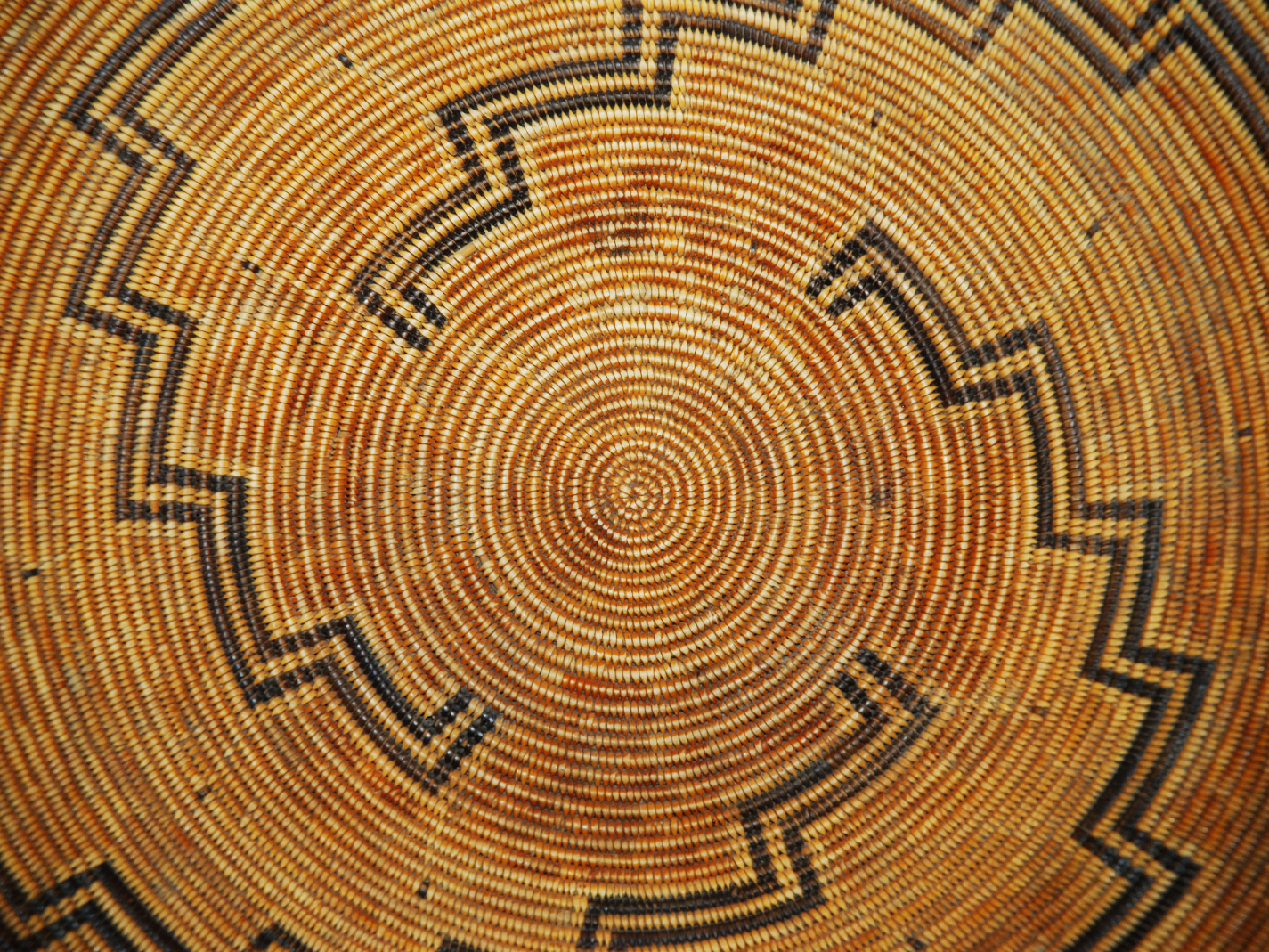
Editor’s Note: This article, originally published on Spiked on February 9, 2024, has been revised to incorporate additional insights and perspectives not previously featured in the Spiked version.
The recent regulatory changes of the Native American Graves Protection and Repatriation Act (NAGPRA) have drastically deviated from the original intent of the law—to provide present-day federally recognized tribes with a route to reclaim ancestral human remains, sacred objects, funerary items, and items of cultural patrimony. Nearly all affiliated human remains and related artifacts have been repatriated—in 2020, the percentage of affiliated remains and artifacts that had been repatriated stood at 91.5 percent.
Repatriation decisions were to be made on a preponderance of evidence. All types of evidence—cultural, biological, historical, and even oral history—were permissible; and all kinds of evidence could be challenged. This allowed for repatriation to progress and unaffiliated remains and artifacts to be retained and used for research. This delicate balance enabled anthropologists to continue their research into the past in ways that often helped present-day peoples; and empowered Native American tribes to claim ancestral remains and artifacts. Now, evidence provided by Native American tribes cannot be challenged—the Native American traditional knowledge must be deferred to.
The new NAGPRA regulations upset the previous balance and will result in religious myths replacing scientific information. Since Native American knowledge, which often consists of oral traditions that revolve around creation myths, miraculous tales, and supernatural objects of power, must now be deferred to, new museum exhibits will include warnings such as those we see in the American Museum of Natural History’s Northwest Coast Hall. On a case displaying Tlingit shaman masks, visitors are falsely told to be careful of “powerful spirits:”
CAUTION: This display case contains items used in the practices of traditional Tlingit doctors. Some people may wish to avoid this area, as Tlingit tradition holds that such belongings contain powerful spirits.
Additionally, halls will be empty as a result of superstitious concerns, such as the decision of curators at the American Museum of Natural History not to display a bird bone whistle because Nuxalk—an Indigenous First Nation of the Pacific Northwest Coast—elders warned that the whistle could be used as a “summoning tool for supernatural beings.”
Most problematic, however, is that once all the exhibits are remodeled, and the tribes have taken back the most interesting objects, Native American repatriation activists will not be finished.
New targets will include art purchased from contemporary Native American artists. In a recent NAGPRA information session about the new regulations, curators were told to consult with tribes over the display of modern art created by Native American artists that had been recently purchased by the museums. This could lead to art museums avoiding the hassle of NAGPRA regulations by ceasing to buy and display the works of contemporary Native American artists. This will most harm the artists—museums will find other works.
As NAGPRA continues to drift from its original intent, its reach will extend to the destruction of anthropological data, such as casts of bones and ethnographic materials—photos of tribes and historic documents. This movement is already on its way. NAGPRA’s compromise has fallen and our ability to understand the past will be buried.
Photo by Heater — Adobe Stock — Asset ID#: 122548716

How do academics get away with this kind of malarkey?
“This could lead to art museums avoiding the hassle of NAGPRA regulations by ceasing to buy and display the works of contemporary Native American artists. This will most harm the artists—museums will find other works.”
That may well put an end to this foolishness. I don’t know how profitable it is to be a Native American artist or artisan, but I imagine they are living in an area where there aren’t a whole lot of other jobs, and they need this money to feed their families. The rich spoilt brats behind NAGPRA won’t have the high ground when they are confronted with this.
Or the simple fact that for at least 400 years, Europeans sought to eliminate Native American history — and now the Native Americans want to do it themselves. I’d like to see them defend NAGPRA on that basis — particularly when it is the artifacts of tribes whom their ancestors exterminated in the genocidal wars they fought.
On the other hand, the Puritan in me believes that there are forces in nature that are best left undisturbed and if a tribe believes that a certain whistle will summons evil spirits, I’m inclined to not call them on it. There are a lot of things that we don’t understand, we know what people a century didn’t know (imagine a smartphone in 1924), and they might be right for reasons that future generations might understand.
Modern microbiology explains to us why the Jewish Kosher laws made sense for a people living without either refrigeration or thermostatically controlled ovens (and meat thermometers), not to mention chlorine bleach. The Native Americans knew what paralytic shellfish poisoning was — they attributed it to evil spirits while we know it to be neurotoxins accumulated from red tide algae. Modern science has found these ancient beliefs to be accurate.
So I’d just as soon not challenge the evil spirits…